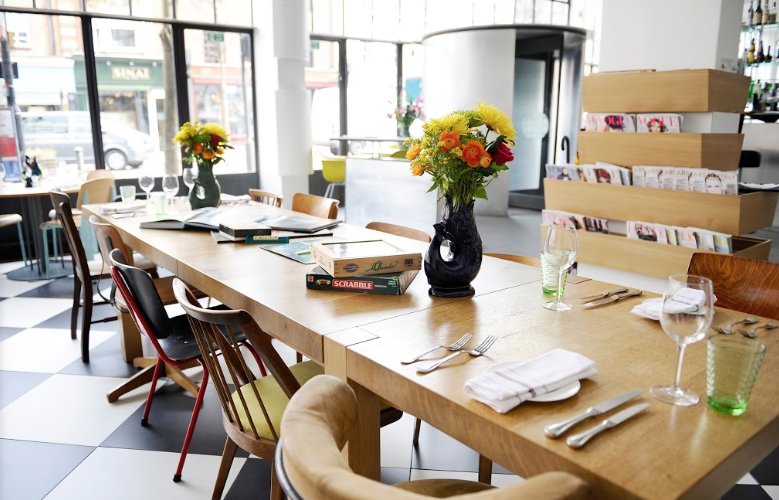‘There’s a Big Bang in the City, We’re all on the make.” (Shopping, Pet Shop Boys, 1987).
The news this week that the Kensington Place restaurant is to shut its doors is more than just another restaurant closure. It completes a chapter in the incredible story of London’s 30 year resurgence.
The years 1986 and 1987 were pivotal for the capital and the high water mark for Thatcherism. In April 1986, amidst a blaze of fireworks and protests, the Greater London Council was abolished alongside other metropolitan councils, banishing the spectre of “socialism on the rates”. And in October – after years of wrangling – the “Big Bang” transformed financial services.
The details of the Big Bang are complex. Essentially it was a package of reforms that deregulated stockbroking, opened up London’s Stock Exchange to foreign-owned firms and enabled computerised trading to replace the frantic scrum of “open outcry” trading on its floor. But the Big Bang represented something more – the apotheosis of confident capitalism, personified by the mobile phone-toting Yuppie, in TV dramas such as Capital City, and by Harry Enfield’s Loadsamoney – conceived as satire, but sometimes treated as a role model.
The Big Bang was also cited as a factor in the revival in net international migration, which meant London’s population started to grow again – albeit just by a few thousand a year – after decades of decline. At the time, London’s return to growth was seen as an anomaly, or even a blip. Writing in early 1987, Tony Champion and Peter Congdon suggested that the “surge in net international migration for City jobs will settle down after Big Bang”.
In 1987, as the Conservatives celebrated their third consecutive election victory, and the City of London was rocked by the twin shocks of the “Black Monday” crash and the emergence of Canary Wharf to the east, the Big Bang was also having an impact to the west. Three restaurants opened to cater to London’s growing gang of globally mobile professionals with sophisticated palates. In doing so, they put London’s food scene on the road to transformation from international punchline to global draw.
In Hammersmith, Ruth Rogers and Rose Gray took over a disused warehouse building next door to Ruth’s husband’s firm, Richard Rogers Partnership. The River Café started by serving lunches to local workers, before gradually opening for longer hours and a wider clientele. But from the outset Ruth and Rose focused on fresh flavours and carefully chosen ingredients, an Italian cuisine that was a world away from the mounds of pasta, check table cloths and straw-covered chianti bottles of traditional trattorias.
In South Kensington, Terence Conran opened Bibendum in the opulent Michelin Tyre Company building on Fulham Road. Chef Simon Hopkinson’s cuisine was as deeply rooted in the rich sauces and offals of French country cooking as the River Café’s was in in the bright and earthy flavours of Tuscany. But, also like the River Café, Bibendum matched this respect for the classics with a stripped-back modernist ethos. Both restaurants were a world away from the tweezered pretension of 1980s nouvelle cuisine.
A little further west, Rowley Leigh opened Kensington Place, serving modern British food (almost a contradiction in terms at the time) in deliberately informal surroundings, dispensing with table cloths to create a London version of the neighbourhood brasseries that dotted Paris, and pioneering dishes such as scallops with pea puree that have now become gastropub standards.
By 1989, the “Lawson Boom” that had driven the ebullience of yuppie culture had run out of steam and the UK began to dip into a recession that hit London particularly hard, with soaring interest rates, a property market crash and thousands of homeowners facing negative equity. But the three restaurants that reinvented London’s food scene survived, and London’s population growth picked up pace. As Kensington Place closes, to be redeveloped for housing, it is caught in the undertow of the wave of change that it surfed.
Richard Brown is research director at Centre for London. Enjoy Shopping by the Pet Shop Boys here.
